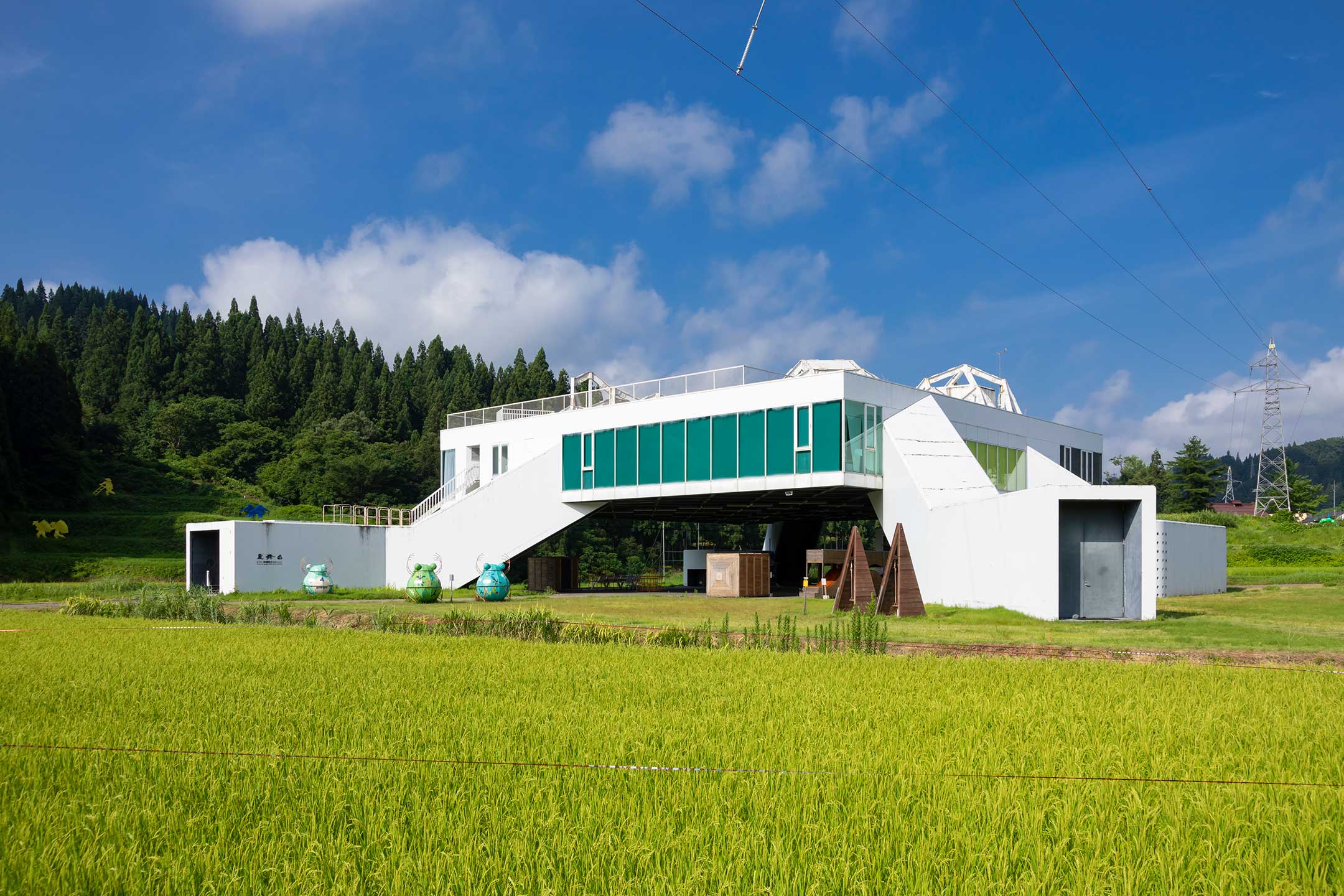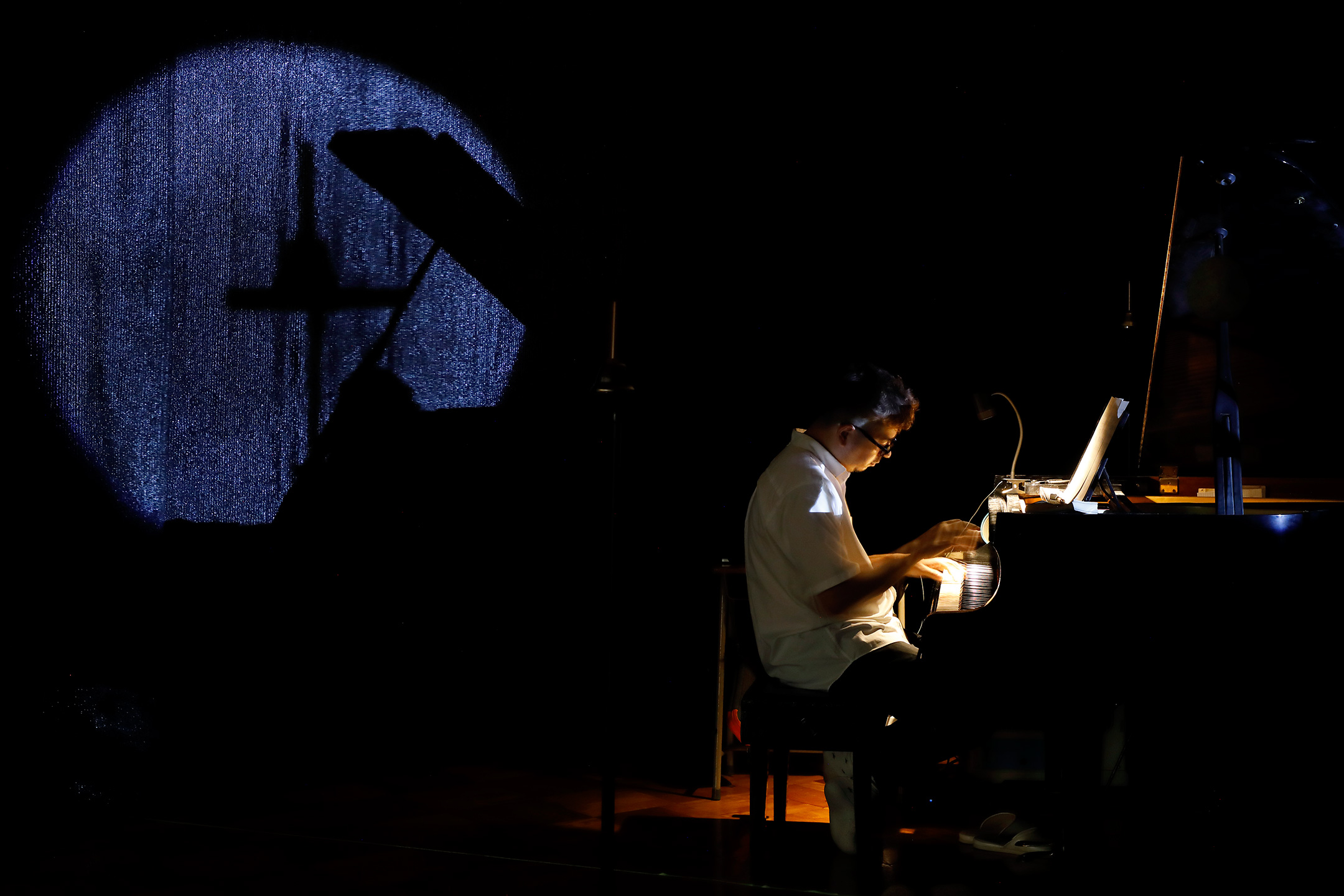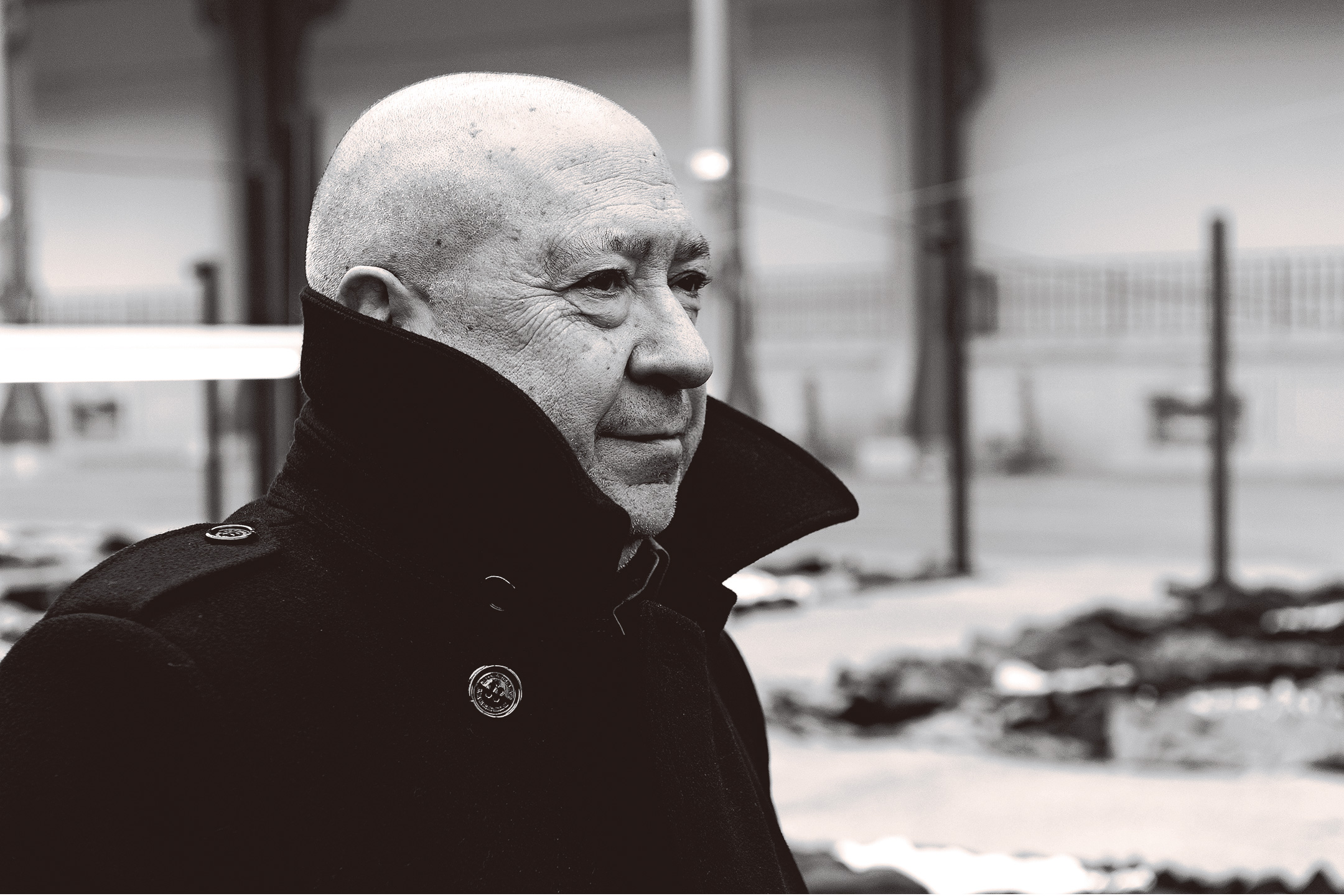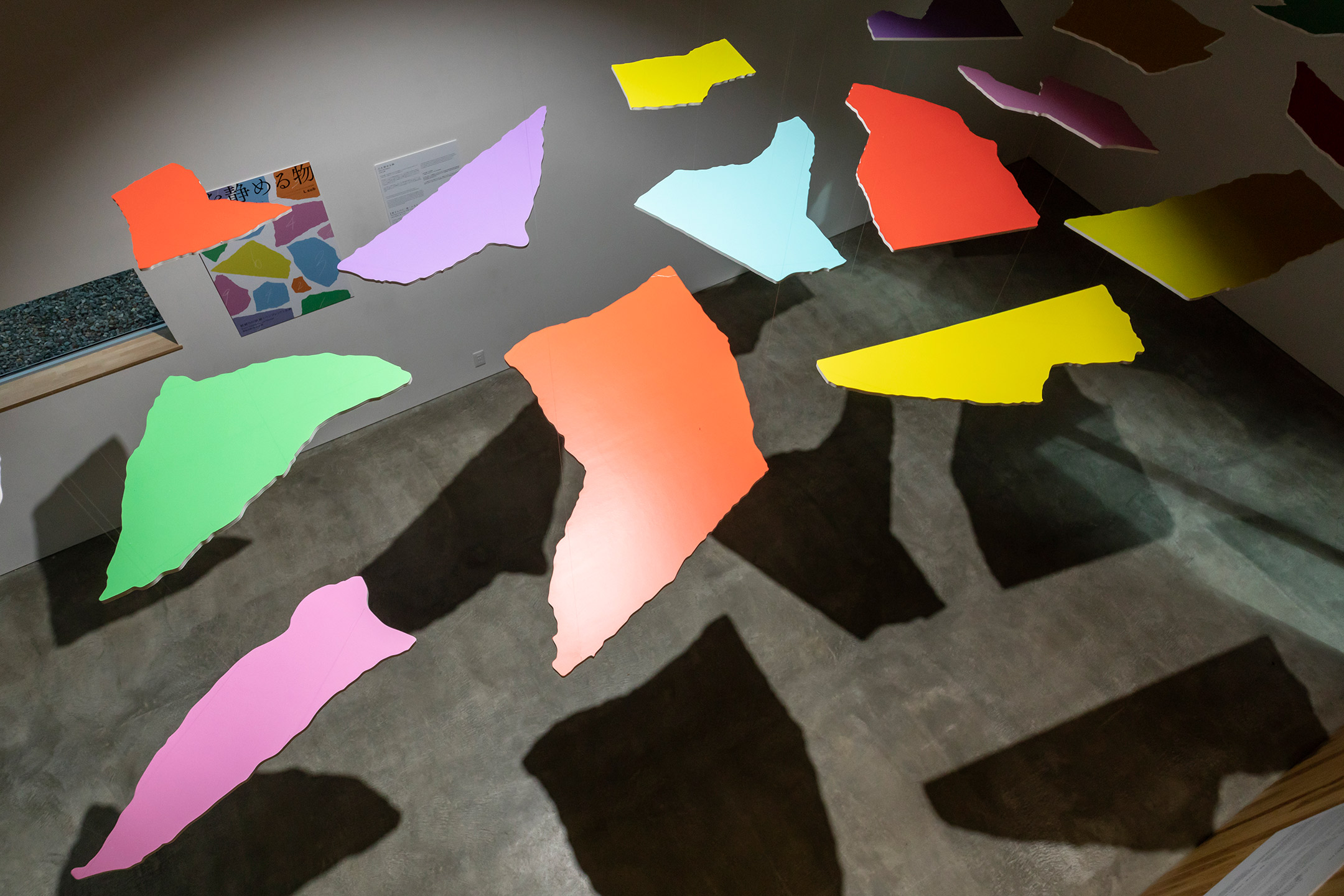
About the artwork
For Andrew, cooking is a multi-sensory, non-verbal language that needs to be practiced and passed on, so that it isn’t lost. Andrew is particularly interested in the complex but fundamental relationships food has with personal and communal identification, cultural memory, ritual and ceremony. The appropriation of traditional knowledge through cooking and agriculture is a recurring theme. His work is strongly influenced by his farming heritage in rural Australia, which, combined with his background as a chef, provides a conceptual platform for his art practice to evolve. His research often sees him foraging for native herbs and vegetables that grow in public spaces.
For his one month residency at Australia House during the Echigo-Tsumari Art Triennale 2012, Andrew has embarked on a process-driven art project that considers the significance of both change and tradition through the local rituals of gathering food, cooking and communal eating. Working in collaboration with people from Urada and the greater Matsunoyama area, his project responds to Obon, the Japanese Ancestor Festival that occurs in mid-August throughout Japan. Andrew is developing a performance event for Obon that activates food as a medium for the enduring act of remembering. It is the ongoing local traditions of food production that frame his project, and that in turn highlight ritualistic meaning in people’s daily routines. Based on the understanding that food habits represent a time, a place and its people, Andrew is working with recipes that refer to tradition, while at the same time acknowledging current social concerns. His project carefully and sensitively considers future interpretations of community identification, through food.
Information
| Artwork no. | Y090 |
|---|---|
| Production year | 2012 |
| Area | Matsunoyama |
| Village | Urada |
















